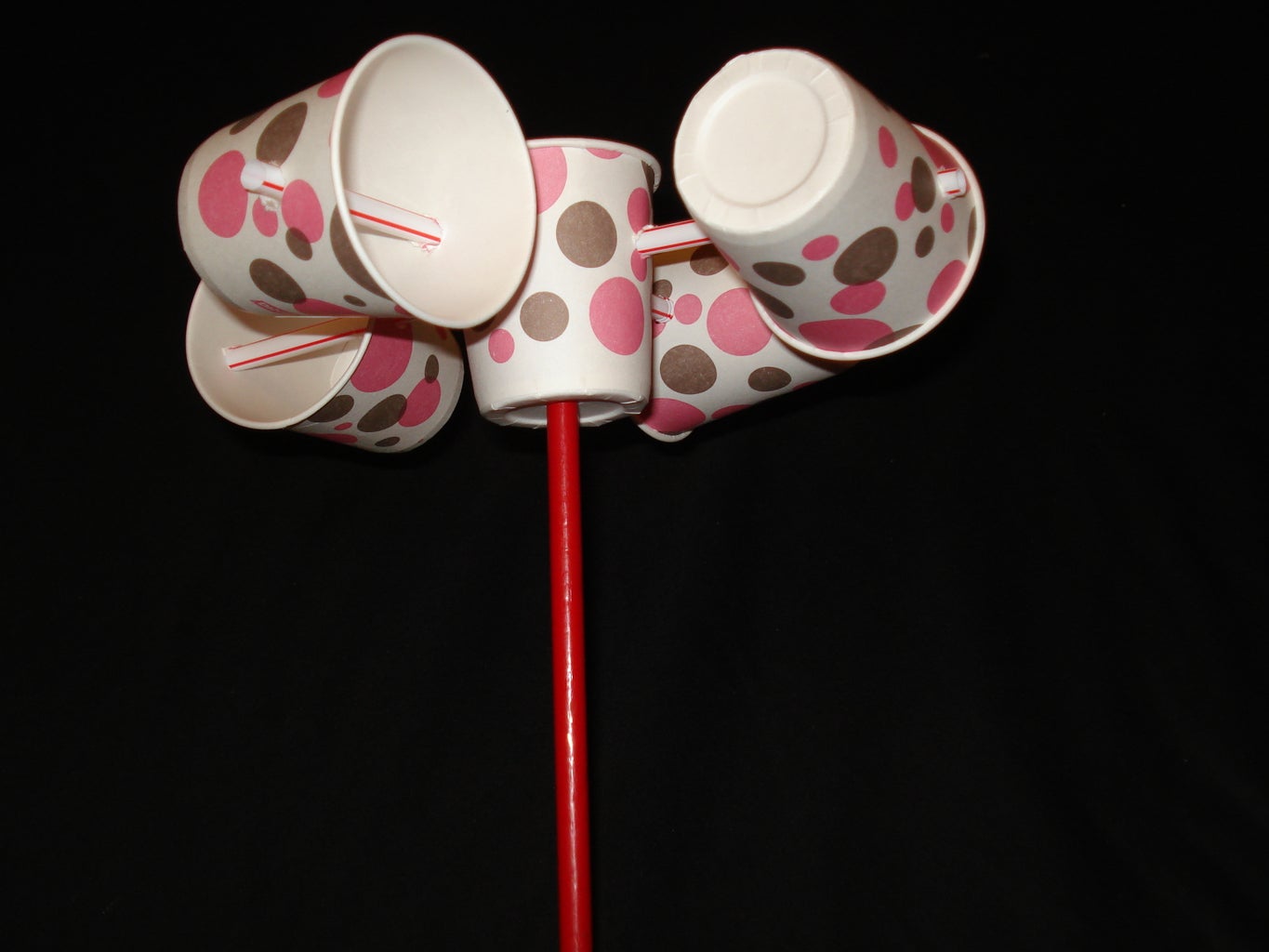Picking the Right Anemometer: A Comprehensive Acquiring Guide
Picking the Right Anemometer: A Comprehensive Acquiring Guide
Blog Article
All You Need to Learn About Anemometers: Exactly How They Function, Why They Matter, and Where to Use Them
Anemometers, though commonly overlooked in the world of scientific instruments, play a critical role in different fields, supplying useful understandings right into wind rate and air flow patterns. Recognizing the technicians behind these devices is crucial for anyone seeking to harness the power of this data. From meteorologists tracking weather condition patterns to engineers developing structures with wind loads in mind, the applications of anemometers are varied and far-ranging. As we explore the details of anemometer innovation, we will certainly reveal the internal operations of these gadgets, their importance, and the essential factors to consider when selecting the appropriate anemometer for details applications.

Anemometer Essentials
An essential instrument made use of to measure wind rate and instructions, the anemometer plays an important role in meteorology and numerous markets. An anemometer commonly is composed of 3 or 4 mugs that turn in the wind, a vane that aims into the wind, and sensing units to track the turnings or movements.
There are different sorts of anemometers available, consisting of cup anemometers, vane anemometers, hot-wire anemometers, and sonic anemometers, each with its unique functions and applications. Mug anemometers are generally used for basic wind speed dimensions, while vane anemometers are chosen for directional dimensions. Hot-wire anemometers are suitable for reduced airspeeds, and sonic anemometers are perfect for high-precision dimensions in research and industrial setups. Understanding the fundamentals of anemometers is important for exact wind data collection and evaluation throughout different industries.
Concepts of Anemometer Operation
Structure on the fundamental understanding of anemometer fundamentals, the concepts of anemometer procedure elucidate the technicians behind wind speed and instructions measurements. Anemometers operate the principle of air flow influencing a sensing unit, creating it to rotate. Cup anemometers, as an example, have three or even more cups that catch the wind, triggering them to spin quicker as the wind rate increases. The rotation speed is after that transformed right into a wind rate dimension. Vane anemometers, on the various other hand, make use of a tail or a probe that straightens itself with the wind instructions, giving a dimension of wind instructions based upon the alignment of the sensing unit. Hot-wire anemometers rely upon a warmed cable that cools off as wind passes over it, with the rate of cooling identifying the wind speed. Ultrasonic anemometers step wind speed and direction by evaluating the time it considers ultrasonic signals to take a trip between transducers. Comprehending these principles is crucial for exact and reliable wind dimensions in different applications.
Relevance of Anemometers
The value of anemometers in meteorology and numerous markets can not be overemphasized. Anemometers play an important role in gauging wind speed and direction, giving essential data for climate forecasting, environment studies, ecological monitoring, and aeronautics operations. Meteorologists count on anemometers to gather precise wind information, helping them recognize weather patterns, forecast storms, and concern timely cautions to the public. In markets such as construction, farming, renewable resource, and maritime procedures, anemometers Website are used to enhance procedures, guarantee safety and security, and enhance performance. Wind farm drivers use anemometers to examine wind problems and optimize electrical energy production from wind generators. In the maritime market, anemometers aid ship navigation by giving real-time wind info to captains, helping them make educated choices to ensure safe trips. On the whole, anemometers are vital tools that contribute dramatically to safety and security, efficiency, and notified decision-making in meteorology and a large range of sectors.
Applications Throughout Numerous Industries
In the eco-friendly energy sector, anemometers play an essential duty in assessing wind problems for wind farm placements, ensuring optimal power manufacturing. Industries like building and construction and mining make use of anemometers to monitor wind rates, crucial for security procedures, especially when working my blog at elevations or in open-pit mines where solid winds can present dangers. In farming, anemometers help farmers in taking care of plant spraying by providing real-time data on wind speed to prevent drift.

Picking the Right Anemometer for Your Demands
Picking the ideal anemometer customized to your certain demands is vital for acquiring exact wind speed and direction dimensions. When picking an anemometer, consider aspects such as the desired application, required measurement array, environmental conditions, and desired attributes. For basic functions, a cup anemometer appropriates for measuring wind rate, while a vane anemometer offers wind direction data. Hot-wire anemometers are ideal for reduced airspeed measurements, and ultrasonic anemometers use high accuracy and sturdiness.

Conclusion
In verdict, anemometers play a critical duty in determining wind speed and direction across different markets. It is essential to take into consideration the significance of anemometers in order to make educated choices when picking the most ideal gadget for measuring wind problems.
There are numerous types of anemometers available, including cup anemometers, vane anemometers, hot-wire anemometers, and sonic anemometers, each with its unique attributes and applications. Mug anemometers are frequently used for basic wind rate measurements, while vane anemometers are favored for directional dimensions. Hot-wire anemometers are appropriate for reduced airspeeds, and sonic anemometers are suitable for high-precision measurements in research and commercial settings.Structure on the fundamental understanding of anemometer fundamentals, the principles of anemometer procedure clarify the technicians behind wind speed and direction dimensions. For basic purposes, a mug anemometer is appropriate for determining wind speed, while a vane anemometer offers wind direction data.
Report this page